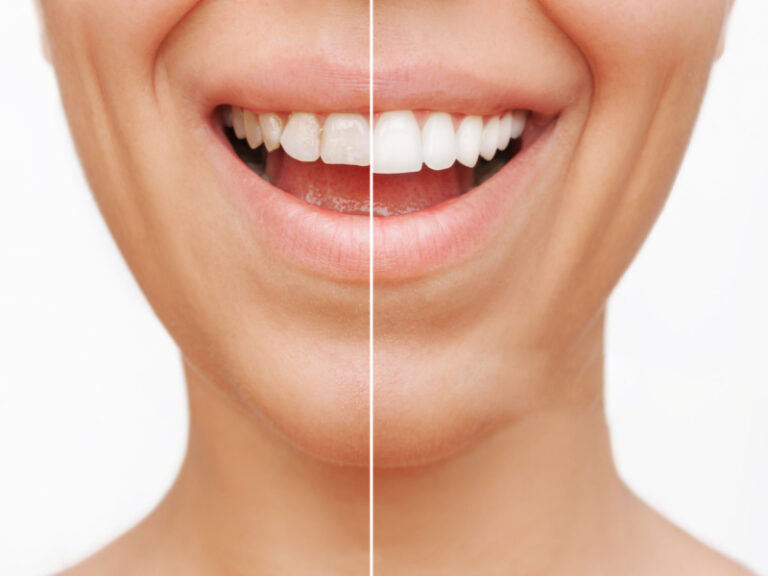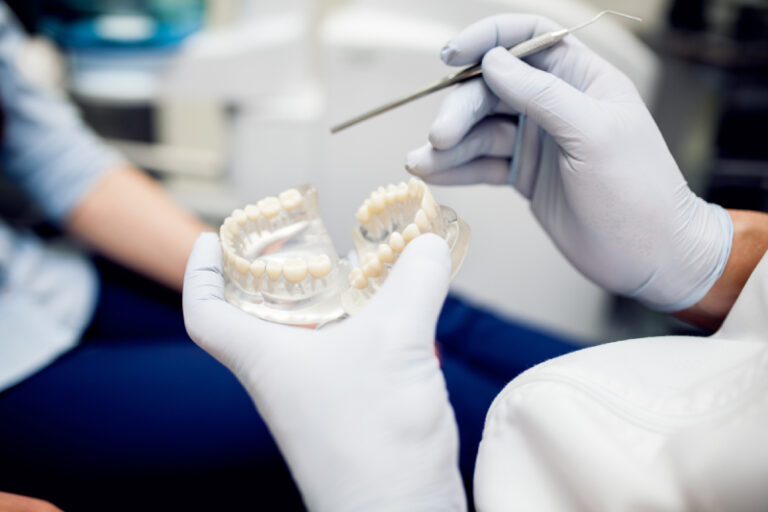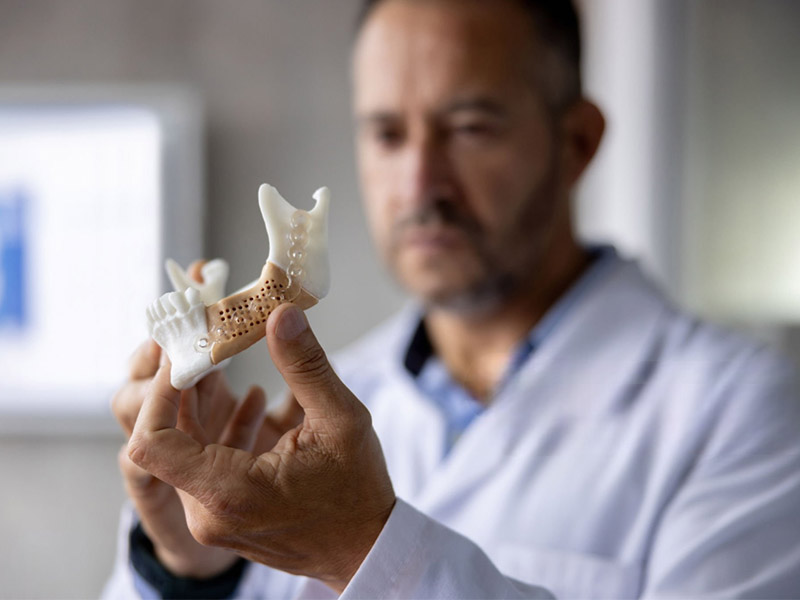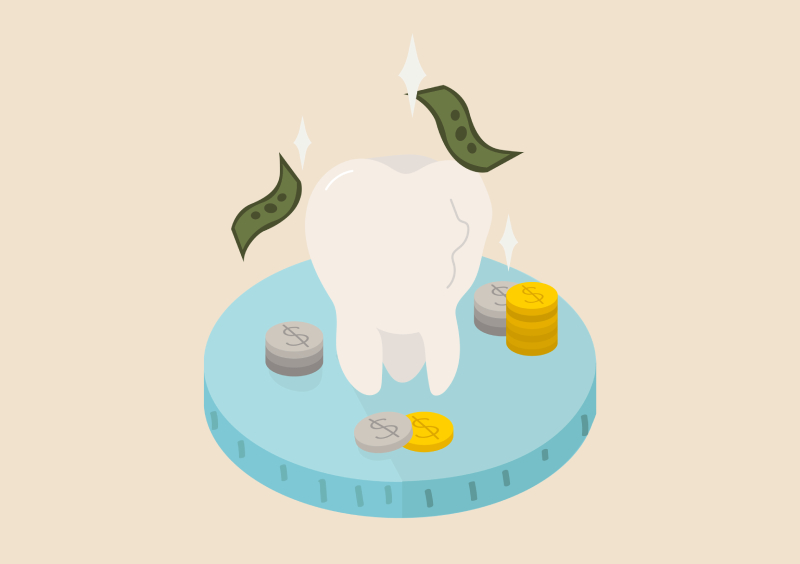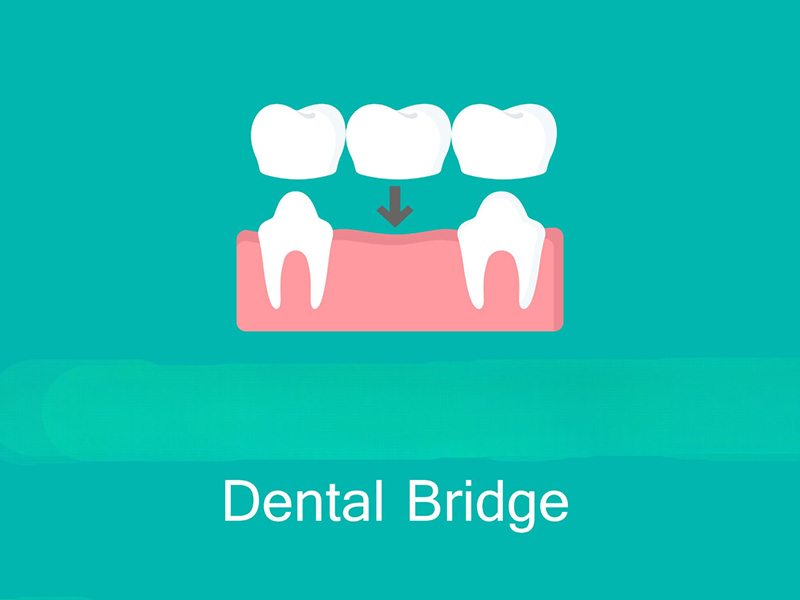
Dental Bridges: A Complete Guide to Types, Procedure, Cost & Care
Ever wonder what your real choices are when you lose a tooth? You might worry: Will people see the gap? Will you be able to chew like before? Do you have to spend a ton of money to fix it, or put up with something that just feels off?
If you’re here, you’re probably missing a tooth (or know someone who is) and just want straight answers—with no sales pitch, fancy terms, or confusion. You want to know what a dental bridge is, how it works, and if it’s the right move for your smile, your health, and your wallet.
You aren’t alone. Bridges are one of the most common ways people fix their smiles and feel like themselves again, and the technology has gotten much better over the years.
In this guide, you’ll learn everything you need, explained step by step—using regular words, honest pros and cons, actual examples, and answers even to those questions you might not want to ask out loud.
Let’s go through this together—from curious, to certain, to deciding what’s right. You’ll end up ready to make a choice you’ll feel proud of every time you smile.
Table of Contents
What is a Dental Bridge? Filling the Gap When You Lose a Tooth
You aren’t the only one scratching your head about bridges. Gaps in your teeth sneak up on anyone—maybe you got hurt, maybe it’s decay, or maybe you had to get a tooth pulled. Maybe it’s fresh, maybe you’ve had a space for years. Either way, it’s normal to ask: What does a bridge actually do?
A dental bridge really does “bridge the gap” where you lost one or more teeth. Think of a bridge over a river. On each side are solid banks; in the middle is a platform that lets you get across. Here, those banks are your good (or repaired) teeth—these are called abutments. The part in the gap is the pontic—that’s your fake tooth. Sometimes bridges use dental implants for support instead of real teeth.
Good candidates for a bridge are people missing one or more teeth who still have strong teeth (or implants) on at least one side of the space. Getting a bridge doesn’t just give you your smile back—it also helps you bite, speak, and even keep the shape of your face. Plus, filling that hole keeps your other teeth from moving or tipping out of place.
The 4 Main Kinds of Dental Bridges: Which is Right for You?
Not all bridges are the same. Here’s how they compare:
Traditional Dental Bridge
How it works: This is the straightforward style. The dentist puts crowns on the teeth on both sides of your missing tooth. Those crowns carry one or more fake teeth between them.
- Pros: Really strong, lasts a long time, and works for lots of people. It’s the go-to pick if both teeth by the gap are solid.
- Cons: Your anchor teeth need to be trimmed down to hold the crowns—even if those teeth were just fine before.
- Best for: Fixing gaps where both neighboring teeth are healthy.
Cantilever Bridge
How it works: This bridge only uses one anchor tooth—like a diving board hanging off one side.
- Pros: Only one tooth gets worked on, so it’s a simpler fix.
- Cons: Not as steady—it all hangs on one tooth, so it can’t take much force. Not the best choice for back teeth where you chew hardest.
- Best for: Small gaps at the front of your mouth, or anywhere that doesn’t do a lot of heavy biting.
Maryland Bridge (Resin-Bonded Bridge)
How it works: This one’s kind of like a “glued in” bridge. The fake tooth is stuck to skinny wings made of metal or ceramic that go against the back sides of your real teeth. No crowns, no big tooth reshaping.
- Pros: Really gentle on your teeth. Hardly any tooth needs to be cut.
- Cons: The glue can wear off. These bridges can come loose if you chomp down hard.
- Best for: Filling in front teeth, especially for teens or young adults, or anyone who wants to keep their own teeth as untouched as possible.
Implant-Supported Bridge
How it works: Instead of relying on your real teeth, this bridge sits on dental implants drilled into your jaw.
- Pros: The best for strength. No need to change your other teeth. Stops the jawbone from shrinking (since implants act like roots).
- Cons: Costs more up front and you’ll need minor surgery to place the implants. The process takes more time.
- Best for: People missing a few teeth in a row, or if the teeth next to the gap aren’t strong enough for other bridges.
How Getting a Dental Bridge Works: Step by Step
Knowing what to expect can help a ton. Here’s a peek behind the curtain:
Step 1: The First Visit—Talking and Planning
This part’s like a warm-up before the big game. Your dentist will:
- Take X-rays and maybe make a 3D scan.
- Look at the gap and check your other teeth for strength.
- Talk with you about which bridge makes sense for you, the materials they can use—like zirconia, porcelain, porcelain-on-metal, or even gold if you’re the old-school type.
- Go over costs, insurance, and timing.
Tip: Ask any question! This whole plan is all about what’s best for you.
Step 2: The First Procedure—Getting Ready
Now the real work starts. Your dentist will:
- Numb the spot (local anesthesia) so you feel comfy.
- Trim the neighbor teeth so crowns will fit (unless you’re getting a Maryland or implant bridge—they don’t need this step).
- Take molds of your teeth—sort of like making blueprints.
- Pop in a temporary bridge to fill the gap and protect the area while the real one’s made.
Step 3: The Second Procedure—The Real Bridge Goes In
Here’s where it all comes together:
- The temporary comes out.
- The dentist tests the new bridge, making sure it fits, bites right, and matches your other teeth. If it’s good, they glue it in.
- Small tweaks might happen right then.
If you’re getting an implant bridge, you’ll need to wait a few months for the implants to heal first.
How long does it take? Usually two visits a couple weeks apart (months for implants).
Does it hurt? Most people feel just a little soreness—more like being a bit achy, not real pain. Over-the-counter medicine is enough.
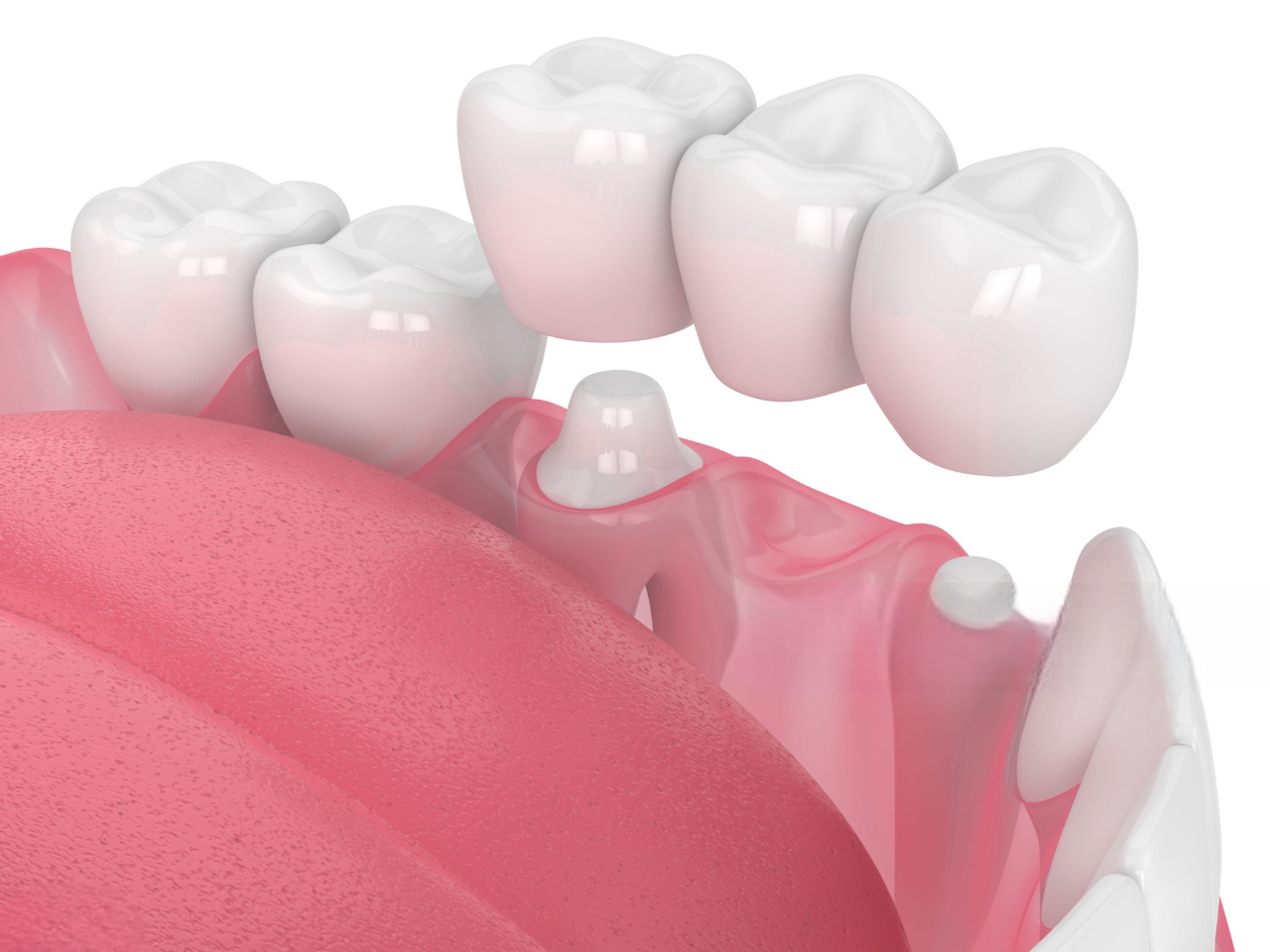
Taking Care of Your Dental Bridge: Making It Last
You spent time and money—so how do you keep your bridge healthy for as long as possible? Here’s the honest scoop:
Daily Cleaning Routine Matters Most
A bridge isn’t unbreakable. You have to clean it every day.
- Brush twice a day, paying extra attention where the fake tooth and gum meet. Use a soft toothbrush and a paste with fluoride.
- Cleaning under the bridge is huge. Plaque loves to hide here. If you let it build up, you could end up with gum problems or cavities under the crowns.
Special Tools That Help
Just brushing and flossing won’t cut it for a bridge.
- Floss Threader: Sort of like a needle for your floss—it helps you get under the bridge.
- Water Flosser: Blasts water into tight spots to wash out gunk—pretty cool and works great.
- Interdental Brush: Tiny “pipe cleaner” for those in-between hard-to-reach places.
Pro-tip: Ask your dentist or hygienist to show you how if you get stuck.
Eating and Habits That Protect Your Bridge
- Stay away from sticky or super-crunchy foods like caramels, ice, and popcorn kernels. They can crack the bridge or loosen it.
- Don’t go overboard with sugary stuff—germs love it, and you don’t want cavities on your anchor teeth.
- Quit habits like chewing your nails, biting pens, or opening things with your teeth. Bridges aren’t tools!
Regular Dental Visits are a Must
Don’t skip these. Each checkup, your dentist will:
- Make sure your bridge fits right and isn’t coming loose.
- Look for gum issues or cavities, especially under the crowns.
- Clean spots you can’t reach at home.
Spotting trouble early saves you big headaches (and dental bills) later.
The Basics: Cost, How Long It Lasts, and Other Options
Let’s get real—how much is this, how long will it work, and are there other ways to go?
How Long Do Dental Bridges Last?
- Most bridges last: 5–15 years, sometimes even longer if you baby them.
- Your habits matter most: Good cleaning keeps bridges going. Even the toughest bridge can’t stand up to a mouth full of germs.
- Materials matter too: Tough ones like zirconia and porcelain-on-metal last the longest. Maryland and cantilever styles may not last as long. You’ll probably need a new bridge down the road, or at least a repair—don’t stress, that’s normal!
How Much Does a Dental Bridge Cost?
No surprise—these aren’t cheap, but prices swing a lot.
- Traditional or Cantilever Bridge: $700–$1,500 for each tooth (“unit”). So, a common three-tooth bridge is about $2,100–$4,500+, depending on the type and where you live.
- Maryland Bridge: $1,000–$2,300 (needs less dental work but takes more skill).
- Implant-Supported Bridge: $5,000+ often much higher, mostly because of surgery.
Insurance: Many plans cover 40–50% of the bridge cost up to your yearly limit. Double-check your plan and if your dentist is in-network.
Ways to pay: Flexible Spending Accounts (FSA), Health Savings Accounts (HSA), and some dentist payment plans or financing may help.
Pros and Cons of Dental Bridges in a Nutshell
Pros
- Bring back your smile, speech, and chewing.
- Keep other teeth from drifting out of line.
- Only takes 2 visits for regular bridges.
- No surgery needed if you can’t get implants.
- Cheaper up front than implants.
Cons
- Good teeth may need filing down (for traditional and cantilever).
- Cavities can hide under crowns—sometimes hard to spot early.
- Bridges don’t stop bone from shrinking below the missing tooth (implants do).
- Will probably need a new bridge in 5–15 years.
Other Ways to Replace a Missing Tooth
Dental Implants
These act like new roots and hold a single fake tooth or even a whole bridge. Implants leave your other teeth alone and help save bone. But—they cost more, you need surgery, and it takes more time to heal.
Removable Partial Dentures
These are like “clip-on” teeth you can pop in and out. Cheaper and no surgery, but not as solid or natural-feeling as bridges or implants. Some folks struggle to talk or eat with them at first.
Common Questions (FAQ)
Is getting a dental bridge painful?
Getting a bridge almost never hurts, thanks to numbing shots. Afterward, you might feel sore, but most people use regular pain medicine and feel fine.
Can a dental bridge be removed and put back in?
If your permanent bridge gets loose, your dentist can sometimes glue it back if it’s still in good shape. But, bridges aren’t built to come in and out all the time.
What if the tooth under my bridge gets a cavity?
A cavity can show up under the crown if germs sneak in. If it’s caught early, your dentist might be able to fix it without taking off the bridge—or may have to remove and redo it.
Why does my bridge smell bad?
If your bridge smells or tastes weird, it often means food and germs are stuck under it. Cleaning better—especially with a water flosser—usually helps a lot. If it keeps up, see your dentist.
Conclusion: How to Pick the Right Fix for Your Smile
Take a breather. We’ve covered everything—types of bridges, every step of the process, how to keep your bridge healthy, what it costs, and your other choices.
If you’re thinking about a bridge, remember:
- Bridges can restore your smile, confidence, and let you eat and talk normally.
- The “right” bridge depends on your mouth, needs, and life.
- Taking care of your bridge is huge—clean every day and visit your dentist often.
- There’s no one-size-fits-all answer. Money, how long it lasts, your habits, and your health all count. The smartest move? Set up a visit with your dentist or a dental specialist. Bring questions. Talk over the choices. Print out this guide, if you want! And use it to make the right call for you.
Your next chapter—a full, confident smile—could be closer than you think.
Key Points in a Nutshell
- Dental bridges fill gaps by leaning on nearby teeth or implants for support.
- Four main styles: traditional, cantilever, Maryland (resin-bonded), and implant-supported. Each one works better for different situations.
- How long they last depends most on cleaning and dentist visits.
- Costs vary but are usually less up front than implants.
- Other options like implants or removable dentures might work better for some people—always get a plan just for you.
- See a pro. Don’t guess or wait for things to get worse—fixing open spaces keeps your mouth (and your health) in good shape.
Ready to get started? Reach out to your dentist and take the next step towards a happier, healthier smile.
Medically Reviewed by: Dr. [Placeholder], DDS
Sources: American Dental Association (ADA), Journal of Prosthetic Dentistry, Mayo Clinic, Clinical Oral Implants Research

